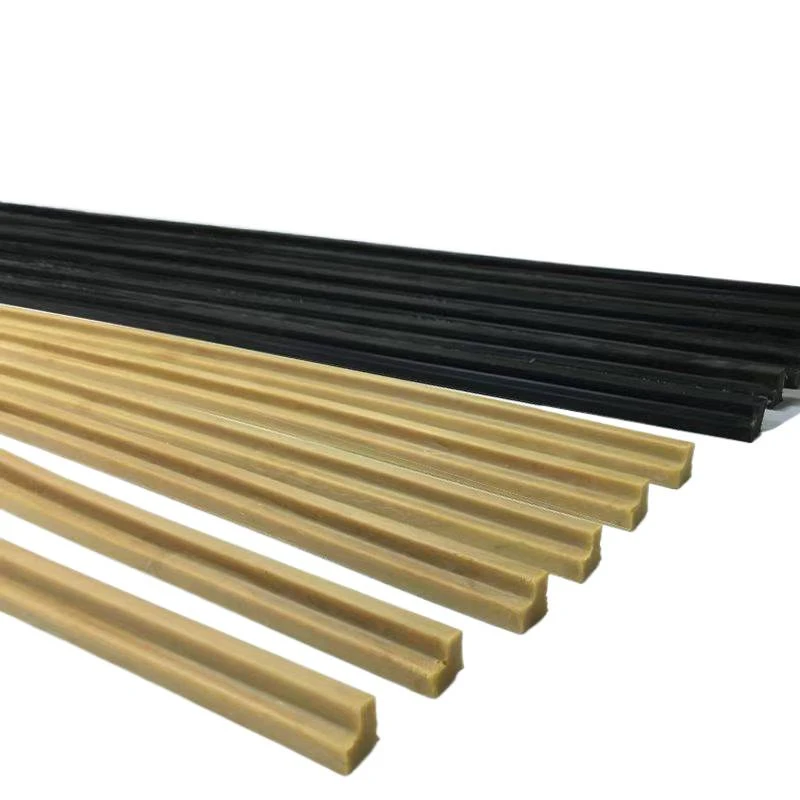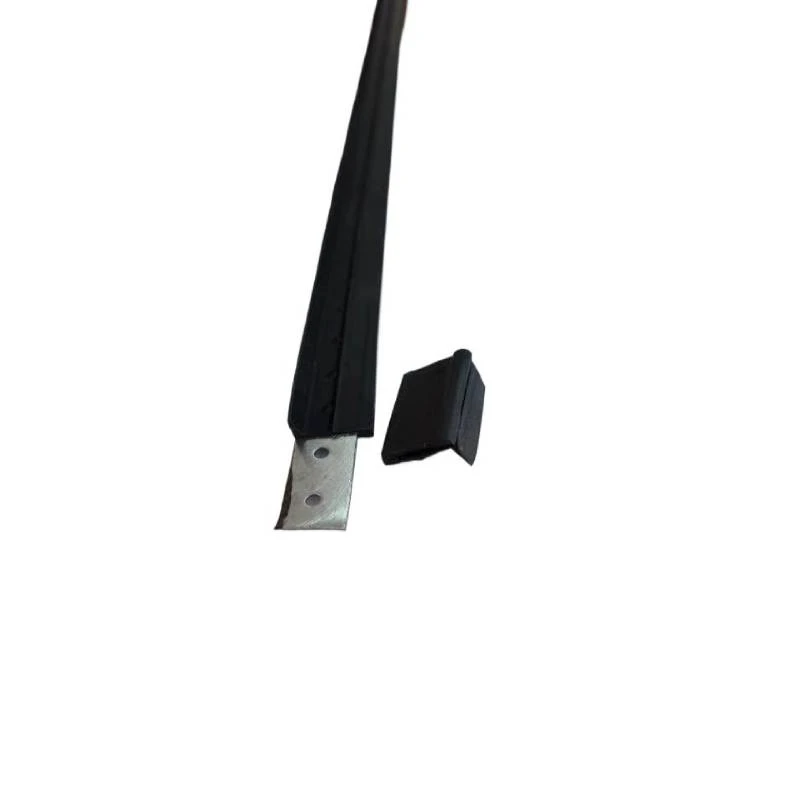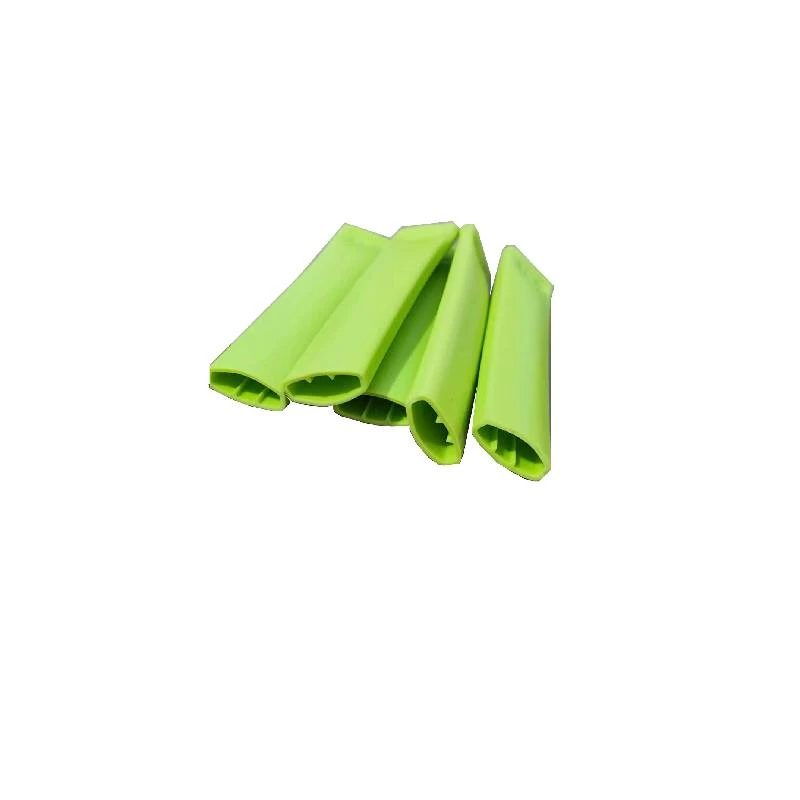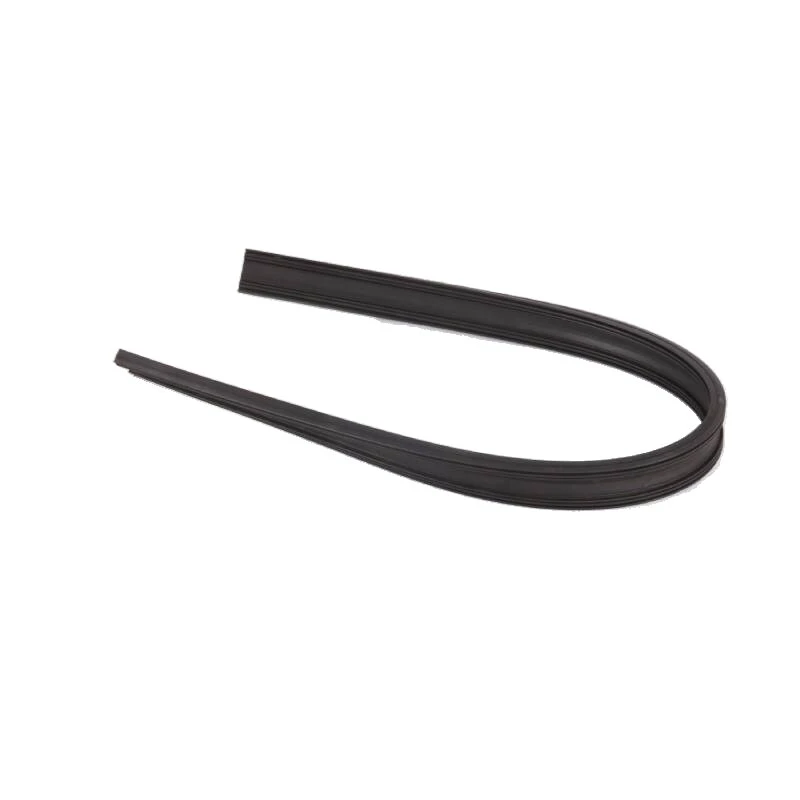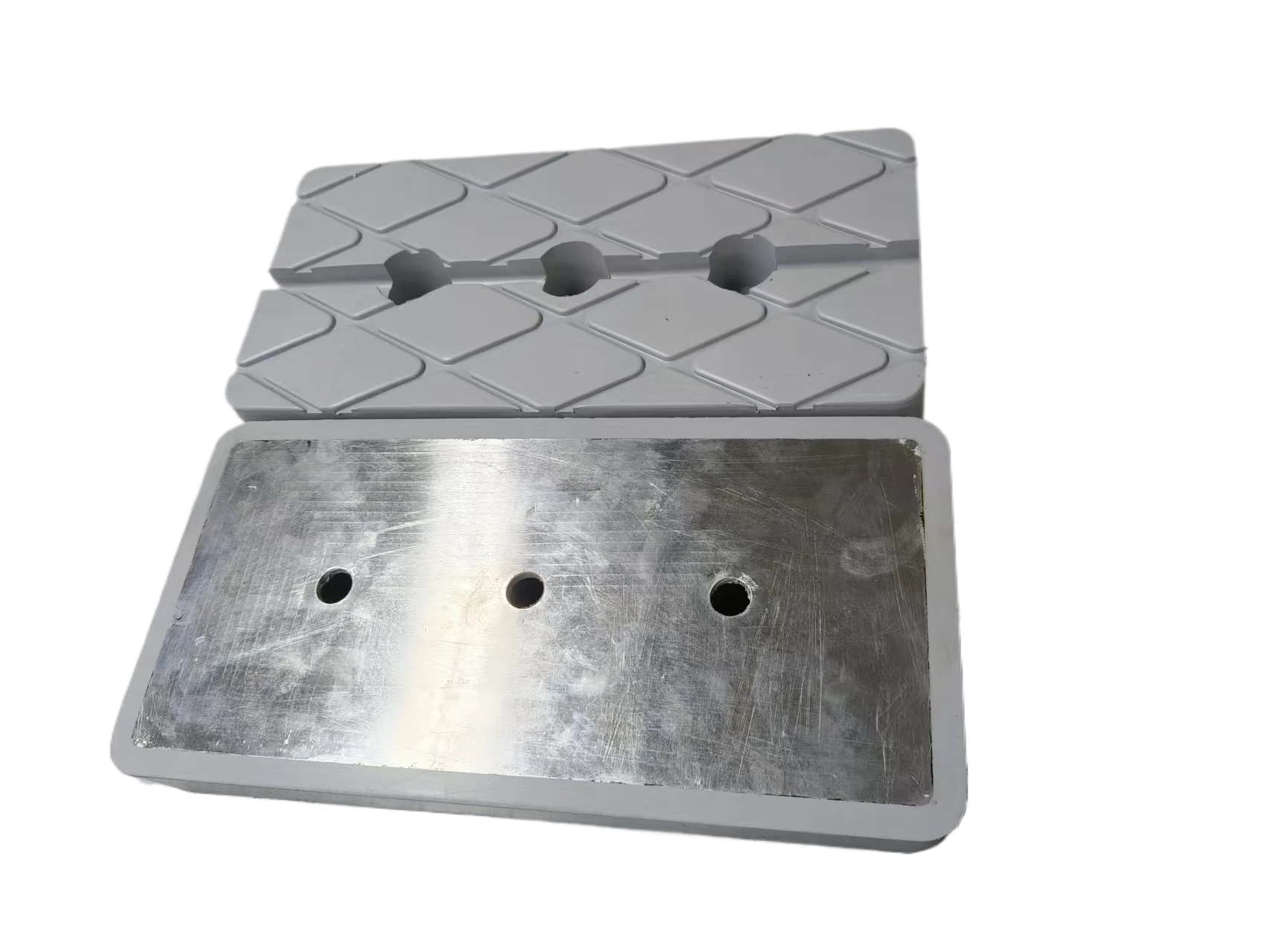
- Afrikaans
- Albanian
- Amharic
- Arabic
- Armenian
- Azerbaijani
- Basque
- Belarusian
- Bengali
- Bosnian
- Bulgarian
- Catalan
- Cebuano
- chinese_simplified
- chinese_traditional
- Corsican
- Croatian
- Czech
- Danish
- Dutch
- English
- Esperanto
- Estonian
- Finnish
- French
- Frisian
- Galician
- Georgian
- German
- Greek
- Gujarati
- haitian_creole
- hausa
- hawaiian
- Hebrew
- Hindi
- Miao
- Hungarian
- Icelandic
- igbo
- Indonesian
- irish
- Italian
- Japanese
- Javanese
- Kannada
- kazakh
- Khmer
- Rwandese
- Korean
- Kurdish
- Kyrgyz
- Lao
- Latin
- Latvian
- Lithuanian
- Luxembourgish
- Macedonian
- Malgashi
- Malay
- Malayalam
- Maltese
- Maori
- Marathi
- Mongolian
- Myanmar
- Nepali
- Norwegian
- Norwegian
- Occitan
- Pashto
- Persian
- Polish
- Portuguese
- Punjabi
- Romanian
- Russian
- Samoan
- scottish-gaelic
- Serbian
- Sesotho
- Shona
- Sindhi
- Sinhala
- Slovak
- Slovenian
- Somali
- Spanish
- Sundanese
- Swahili
- Swedish
- Tagalog
- Tajik
- Tamil
- Tatar
- Telugu
- Thai
- Turkish
- Turkmen
- Ukrainian
- Urdu
- Uighur
- Uzbek
- Vietnamese
- Welsh
- Bantu
- Yiddish
- Yoruba
- Zulu
Rubber Parts Manufacturer: Custom Molding & Fast Lead Times?
Plug-In Connectors from a seasoned rubber parts manufacturer: real-world notes, specs, and why they matter
I’ve walked more factory floors than I can remember, and the best innovations are often deceptively simple. Case in point: customizable Plug-In Connectors coming out of No. 228 North Street, Gaobeidian City, Hebei Province. Built by a team that cut its teeth on elastomer sealing, these connectors lean on rubber know-how to deliver tight IP sealing, stable mating, and fuss-free installation. Sounds basic—until a field failure costs a product launch. Then it’s not basic at all.
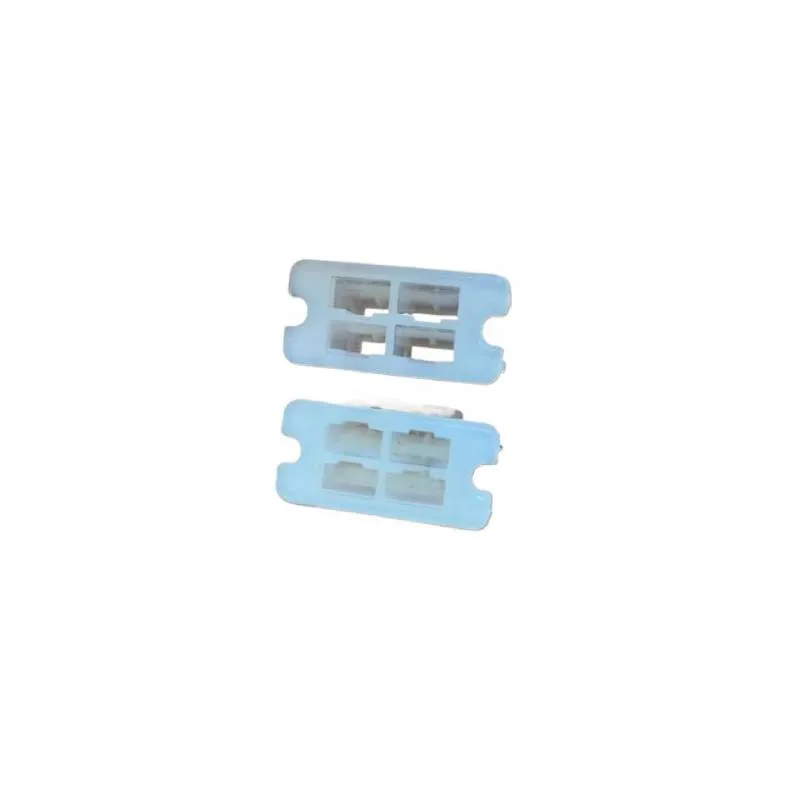
What’s trending in connectors (and why elastomer expertise helps)
Three trends keep showing up: higher densities, harsher environments, and faster certifications. It sounds a bit dry, but the rubber overmold and gasket geometry are doing a lot of heavy lifting—controlling compression set, dampening vibration, and keeping out dust/water per IEC 60529. Customers tell me they don’t want “just a connector”; they want a sealed, testable interface they can ship with confidence, on time.
Materials, methods, and the test playbook
Typical stack-up: copper alloy contacts with tin or nickel plating, thermoplastic housings (UL 94 V-0), and EPDM or silicone overmold for IP protection. Process flow (simplified): design for manufacturability → compound selection (ASTM D2000-grade elastomers) → insert molding/vulcanization → trimming and deflashing → plating and assembly → 100% visual + sampling to IEC 60512 electrical tests → environmental cycling (IEC 60068), salt spray, and compression set checks. Service life? Around 10,000 mating cycles in lab conditions; real-world use may vary with load, heat, and ingress exposure.

Product specification snapshot
| Product | Plug-In Connectors (customizable) |
| Contact material | Copper alloy, tin/nickel plated |
| Overmold/Gasket | EPDM or silicone, Shore A 50–70 (≈) |
| Voltage / Current | Up to 600 V / up to 15 A per contact (config-dependent) |
| Operating temp | -40 °C to +125 °C (profile-dependent) |
| IP rating | IP67/68 with proper mating |
| Insertion cycles | ≈10,000 cycles (IEC 60512) |
| Flammability | UL 94 V-0 housing |
| Compliance | RoHS/REACH, lead-free |
| Contact resistance | ≤10 mΩ typical (new/nominal) |
Where they end up (and what users say)
Use cases: automotive harnesses, solar inverters, industrial controls, white goods, and some medical carts. One engineer told me, “Surprisingly quiet in vibration testing—seals held and no micro-frets.” Another buyer liked the quick tooling turnaround: “We tweaked pin count and gasket thickness without blowing the schedule.” To be honest, that agility is rare.

Vendor comparison (shortlist)
| Vendor | Certs | Lead time | Customization | Price level (≈) |
|---|---|---|---|---|
| FY (Gaobeidian) | ISO 9001, RoHS, REACH | 3–5 wks | High (pin count, seal, housing) | Mid |
| Vendor A | ISO 9001, UL | 6–8 wks | Medium | Mid–High |
| Vendor B | IATF 16949, RoHS | 4–7 wks | Medium–High | High |
Customization and quick case notes
rubber parts manufacturer advantages often show in the small stuff: durometer tuning, flash control, and predictable compression. Case 1: an inverter brand needed IP68 with salty coastal air—silicone overmold plus nickel-plated contacts, passed 96h salt spray and IEC 60512 contact resistance drift ≤5 mΩ. Case 2: a washer OEM prioritized low noise; EPDM seal geometry reduced rattle, and field returns dipped under 0.1% in six months. Not bad.
If you’re speccing these, ask for material COAs, PPAP (if automotive), and insertion/extraction force curves. And yes, dimensional reports help avoid tolerance stack-up surprises.
Certifications and standards referenced
- ISO 9001 quality system; IATF 16949 on request for auto programs.
- UL 94 V-0 for housings; RoHS/REACH compliance.
- IEC 60512 electrical tests; IEC 60068 environmental; IEC 60529 IP ratings.
References:
- IEC 60512: Connectors for electronic equipment—Tests and measurements.
- UL 94: Tests for flammability of plastic materials for parts in devices.
- Directive 2011/65/EU (RoHS) and (EU) 2015/863—Restriction of hazardous substances.
- ISO 9001: Quality management systems—Requirements.
-
Plastic Pelton Wheel – Lightweight, Cost-Effective Hydropower SolutionsNewsNov.24,2025
-
Durable and Cost-Effective Plastic Sheave Wheels for Modern IndustryNewsNov.24,2025
-
Plastic Spoke Wheel – Lightweight, Durable Wheels for Global Mobility SolutionsNewsNov.24,2025
-
Plastic Stem Casters: Durable, Cost-Effective Mobility Solutions for Every IndustryNewsNov.24,2025
-
Plastic Wheel Roller: Durable, Lightweight Solutions for Modern IndustryNewsNov.24,2025
-
Plastic Wheelchair Wheels: Durable, Affordable Mobility Solutions WorldwideNewsNov.24,2025
-
Small Plastic Casters – Durable, Lightweight Wheels for Global MobilityNewsNov.24,2025



